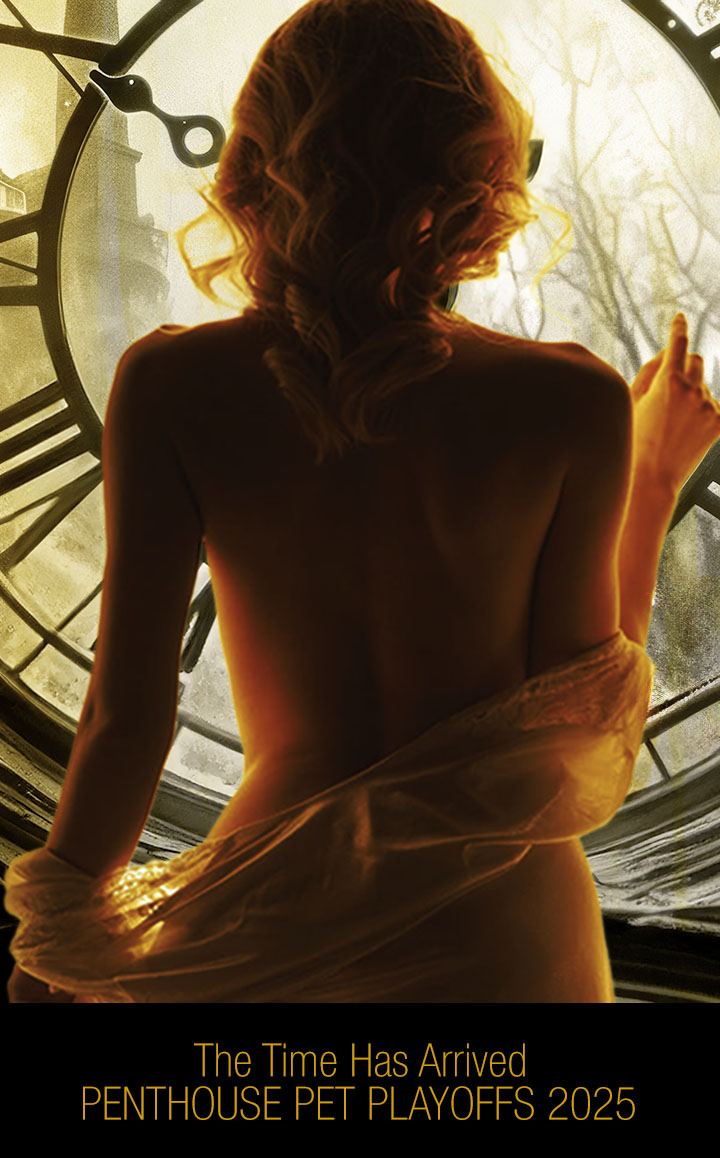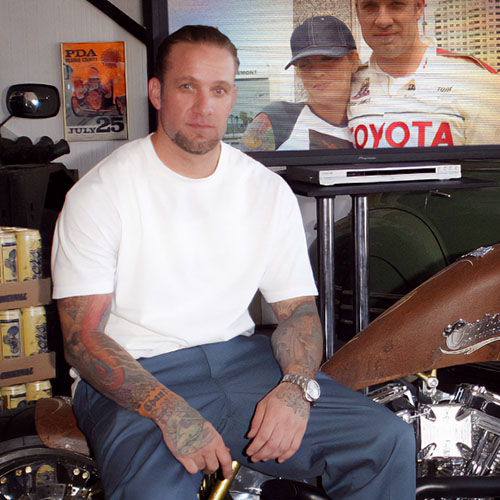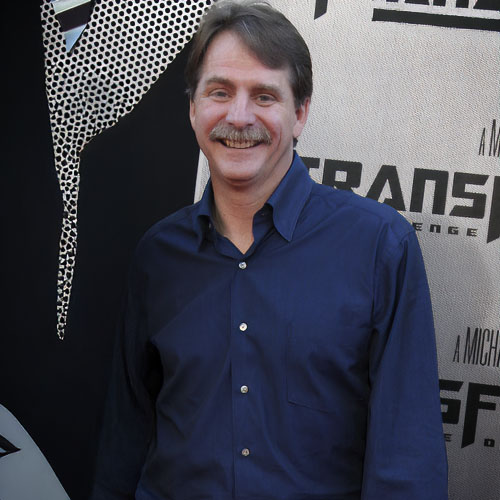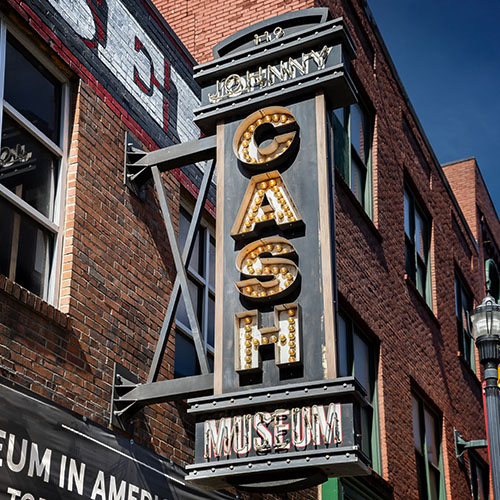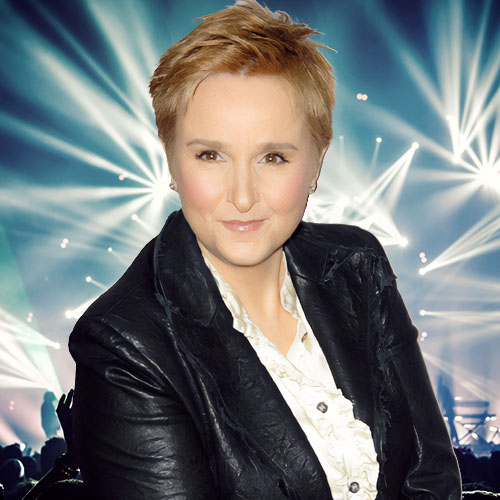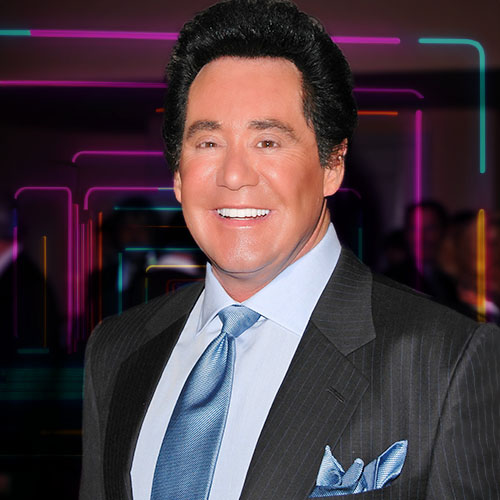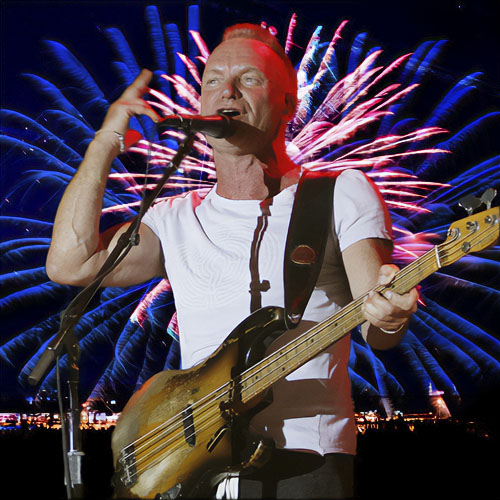Cindy Crawford saunters into the room, pushing her mane of beautiful, thick, healthy, and blond-streaked hair off her face.
Cindy
Her slim legs are clad in sheer black stockings and perched atop wafer-thin heels. has always been the all-American girl next door, with a clean-cut, believable, healthy look that is tantalizing to men, but with a friendliness and a hint of curviness that appeal to women who are tired of stick thin models with silicone enhanced cleavage. She has never been the kind of superstar model who parties all night and pouts all day. Nor was she an overnight success. She worked extremely hard to overcome the criticism that once accompanied photos highlighting her now trademark mole just above her lips and persevered despite the then pervasive preference for blue-eyed blondes.
As Cindy talked to interviewer Karen Moline about the business, her self-image, and her husband, actor Richard Gere, she didn’t display even a hint of insecurity. At 26, an age when many models are considered past their prime, Cindy has the kind of attitude that keeps her on top.
First of all, tell us about your marriage to Richard Gere.
The wedding was a surprise for both of us. I had wanted to get married; it was really important to me. But Richard didn’t. Not that he didn’t want a lasting relationship with someone, but marriage, for him, symbolized everything suburban and boring and normal, and he didn’t want that. For the ceremony, which was rather unexpected, I made rings from aluminum foil! Those rings are what I care about. I’m going to get them dipped-like baby shoes-because otherwise they’ll disintegrate.
Were your friends surprised that the wedding finally happened?
It’s so funny – I have a girlfriend the same age as me, and her boyfriend is the same age as Richard, and they’ve been together the same amount of time as we have. She and I would always call each other and mope that we weren’t married. Right after the wedding, my sister called her and said, “Sit down.”
“Oh my god, they got engaged,” my friend said.
“Worse,” said my sister.
“They got married.” I could write a book and sell a million copies on how to get that lifelong bachelor to marry you-even though I don’t know how it worked. We just decided that if we’re going to do it, we might as well do it. Richard is not really into planning things, so it worked out well for him. And when you’re famous, the press just destroys you. Look at Julia Roberts – it became everyone’s business. That’s what we were trying to avoid, so I am glad we did it this way. Two hours later it was reported on CNN. And the next day, we both went back to work.
Has the marriage changed your relationship?
The only change for me is that now we can plan our future together, make it a priority, and take the time to be together. It’s easier for me, because if Richard is doing a film, he’s in the same place for three months. I can say, “Okay, I’ll work every other week, so I can be there with him for a week at a time.” And although having a family is a high priority, I am not pregnant!
How do you deal with all the tabloid-style rumors about Richard?
You just learn not to read anything or pay any attention to it. You can’t let it affect you, because if you do, it’s too damaging. Richard is actually great about it – things affect him less than they do me. He’s not attached to it, even when people write good things. It’s easy to like the good stuff and then say “Oh, I don’t read it” when it’s bad.
When you were a little girl, growing up in working-class De Kalb, Illinois, what did you want to be?
Either the first woman president or maybe a doctor. I started studying chemical engineering on scholarship to Northwestern University in Chicago, but I dropped out after one year to model full-time. Sometimes people ask me if I want to go back to school. I don’t need the official stamp of approval of a college degree to prove to myself that I’m a worthy person.
When you started modeling, were you self-conscious about your mole?
When I was little, I definitely wanted to get rid of it, but my mom said, “Listen, you can have a scar or a mole.” So I kept it. It just went away; I don’t see it. And one day a lady came up to me and said that my having one of these made them beautiful. I thought, God, if I can give that to people, or if I can make brown eyes sexy again, great.
What did you consider to be your big break?
Working with Victor Skrebneski, the most famous Chicago-based fashion photographer. Starting small taught me how to do it – to be a good model – because it’s not just how you look.
Not long after you arrived in New York in 1986, when you were 20, you landed your first Vogue cover. What was it like seeing your face on every newsstand?
It was a real pinnacle! When you do a cover, you think it’s a one-shot deal; you’re happy but you don’t think you’re going to get another. But then you do, yet still you’re shocked …. And then you do a show with the other girls, each more beautiful than the next, and you feel like, “When are they gonna figure out I don’t belong here?” I don’t even look like I belong on a magazine. Of course, there are ways to make yourself more beautiful. If I have a pimple, they can cover it up, or tape my boobs together, or I hold my stomach in for that one second they are shooting.
What stomach?
Believe me – some days it’s there. Sometimes I go to put on a skirt and it won’t fit, so all of a sudden I think, well, this morning I put on my own jeans and they fit me fine. But then they give me a skirt that’s too small, and I automatically feel fat. One of the reasons I don’t do a lot of runway modeling is I get the worst self-image – all the girls are so thin. I’m more curvy, and my arms are not sticks, Women really respond to me because it’s more attainable; my size isn’t so far from where they are.
Why do people like it so much when celebrities get fat?
Do they? They like it and hate it, because it means they don’t [have to] feel so guilty when they’re fat. That’s all it is. “Oh see, I’m not bad in my size 20 pants, because that actress wears size 20, too.” I did a piece on MTV with [The Beauty Myth] author Naomi Wolf, and she told me she met a 15-year-old girl who spent half her time on her grades and the other half getting into her size 6 jeans. It’s very sad.
But doesn’t it seem that models are, in fact, getting thinner?
Like trends or hair or skirt lengths, it goes up and down. Right now the body type for models is not thin or round, but healthy. Linda Evangelista is very thin with a straight body. Someone like me is curvy and not super thin. Granted, clothes do look better on the super-skinny on the runways – it’s like a pencil sketch – but who wants to look like that, really? Personally, I don’t think guys find it that attractive.
So many things we think we’re doing to be attractive to men have nothing to do with them: They’re for ourselves and other women. We don’t wear a ton of makeup for men; we wear it for other women. We do not get super skinny for men, even though we might think we are; we do it for other women. Men are much more sympathetic to the way women really look than women are.
A woman will say what’s wrong about someone else, and a man will say what’s right.
It seems as if women are not allowed to age in this society.
I’m still a top model. Paulina is 27. Cheryl Tiegs is 45 and still modeling. So is Lauren Hutton [who’s 49). Those are positive changes.
What about plastic surgery?
I used to be totally against it, but my mom got a tummy tuck, and it totally changed her image for the better. She had a lot of stretch marks from having babies, and now she feels good in a swimsuit. It is bad, though, for a 16-year-old girl to have her breasts done. Give them a chance! Mine grew a lot when I was in my twenties. And if you get a face-lift when you’re 30, what are you going to do when you’re 50?
How do you stay so slender?
I’m lucky because my body maintains this weight pretty easily. I watch what I eat and drink bottles of water every day to flush out the toxins. It’s hard for me to be more skinny, but I don’t gain weight very easily. I don’t eat meat or dairy – you might as well just sit right down on your butt, because that’s where it goes!
You also work out with Radu, one of Manhattan’s more famous personal trainers.
Yes, I do. When I work with Radu for two weeks, I can see the change in my body immediately. If I’m in New York and my schedule permits, I go every day, because there are so many times when I can’t go for weeks. I also have a trainer in Los Angeles who trained with Radu, so that’s good. But if I’m on location and I can’t work out, I’m not going to feel guilty about it.
What about workouts of a more spiritual nature – what you call your “Cindy Crawford religion”? Are you a follower of Buddhism, as is your husband?
No. I didn’t even know what Buddhism was before Richard. When we started becoming friends, he gave me some books, just so I could have a vocabulary so I wouldn’t feel left out of discussions. I’ve been to India with him so I could learn more, and I’m pretty observant and ask a lot of questions, so I picked up a lot. It’s funny now – people ask questions and I actually know the answers. I’m amazed! But I don’t totally identify with Buddhism. I was raised Protestant but to me, religion is totally personal. There should be as many religions as there are people. Every time I read a book about different beliefs, I take whatever works.
No doubt your spiritual beliefs will help you progress from such a successful career to whatever comes next. You’re already the host of MTV’s “House of Style,” a popular bimonthly fashion program, you’ve made an exercise video, and you’re continuing to develop other ideas for television. Is the end of your modeling career in sight?
It’s not only that we get too old for modeling, but you want to do something you have control of. When I get hired for a regular job, I just show up, they tell me what to do, and I have no voice. That’s why I like working for Revlon, where I’m much more involved conceptually, or for MTV, where I have a lot of input.
What led you to sign your multimillion-dollar Revlon contract?
You have no security as a model, and a contract is as close as you’ll get to knowing there’s an income coming in. And there’s only four or five cosmetic companies out there, so it’s very prestigious. I’m making choices to do several projects now – like my exercise video, work on television – because I want to plan for my future. When my contract with Revlon is up, I’ll be 30 and will hopefully have a family.
Are models unfairly perceived?
A lot of models started when they were 16, so they didn’t finish high school. That doesn’t mean models are dumb – it means they’re uneducated. It’s a big difference. But I do think stereotypes for every walk of life are disappearing. People used to just see a model from her pictures; they had no idea who you were and maybe they didn’t want you to be smart.
But it’s still true that the most important thing about a model is what she looks like and what she wears.
When feminism started and a lot of women entered the workplace, they felt they had to reject their feminine side, but that’s a great aspect of who we are. Why should we deny that when we enjoy it and it makes us who we are? Women should realize that what we’re showing is a fantasy. You don’t want to walk around looking like a Cosmo cover, but it’s fun to know that the possibility exists.
And the modeling life is no fantasy for many of the models.
It’s hard. A lot of girls get really lonely and make the wrong choices and get screwed up. A lot move to New York or Europe when they’re 16, 17, and have to act like a grown-up. They don’t yet have the capabilities to make decisions, but they have to because no one else is around to help them. I’m glad I didn’t have to do that.
But you did try your luck in Europe at one point.
Only for three weeks, so it didn’t feel that bad. It was lonely, I didn’t know anybody, and I felt very unhip in my little denim skirt [Laughs].
How do you handle the stress that comes with your career?
When I get upset, the first place I feel it is in my stomach. It’s like a trigger, and then I know I have to talk about things and not keep it down. A lot of women, especially in America, are not taught how to express anger, because anger isn’t considered a female emotion.
Do you practice meditation or breathing techniques to deal with your feelings?
I never could get into the breathing thing. I know it works – I just don’t have the patience to do it. I prefer affirmations [repeating positive statements about oneself]. I write them down. I’ll say them in a mirror, and be honest. It’s hard work but really rewarding.
Have you ever been to a therapist?
Yes. I was very curious about it, so I went to see a shrink for a while. I didn’t go for very long because she said, “Well, you know, Cindy, you’re doing pretty well right now …. “ We just ended up talking about books, and I realized I don’t need to pay someone $100 an hour to be my friend. But it was worth it. I think it’s good when people are on a journey to seek out help.
So many people won’t talk about their weaknesses and fears. I know that when I can talk to my friends about what I’m afraid of or my problems, I feel so much lighter afterwards. There’s nothing wrong with getting help. I know a lot of people haven’t realized that yet.
One woman who never got enough help was Marilyn Monroe. Recently, designer Isaac Mizrahi referred to you as a “modern-day Marilyn.” He said you were like a bombshell.
Oh, that’s funny. It makes me laugh! [It’s like] bimbo used to mean stupid – and I think that most of the “bimbos” I know are really smart. They use bimbohood to get what they want. Now I’m not saying that I would do it that way, but girls who do it know exactly what they are doing. And I’m not sure what the exact connotation of bombshell is, but if I am one, it sure has opened a lot of doors. People pay attention to you. If you have something worthwhile to say, people listen to you.







